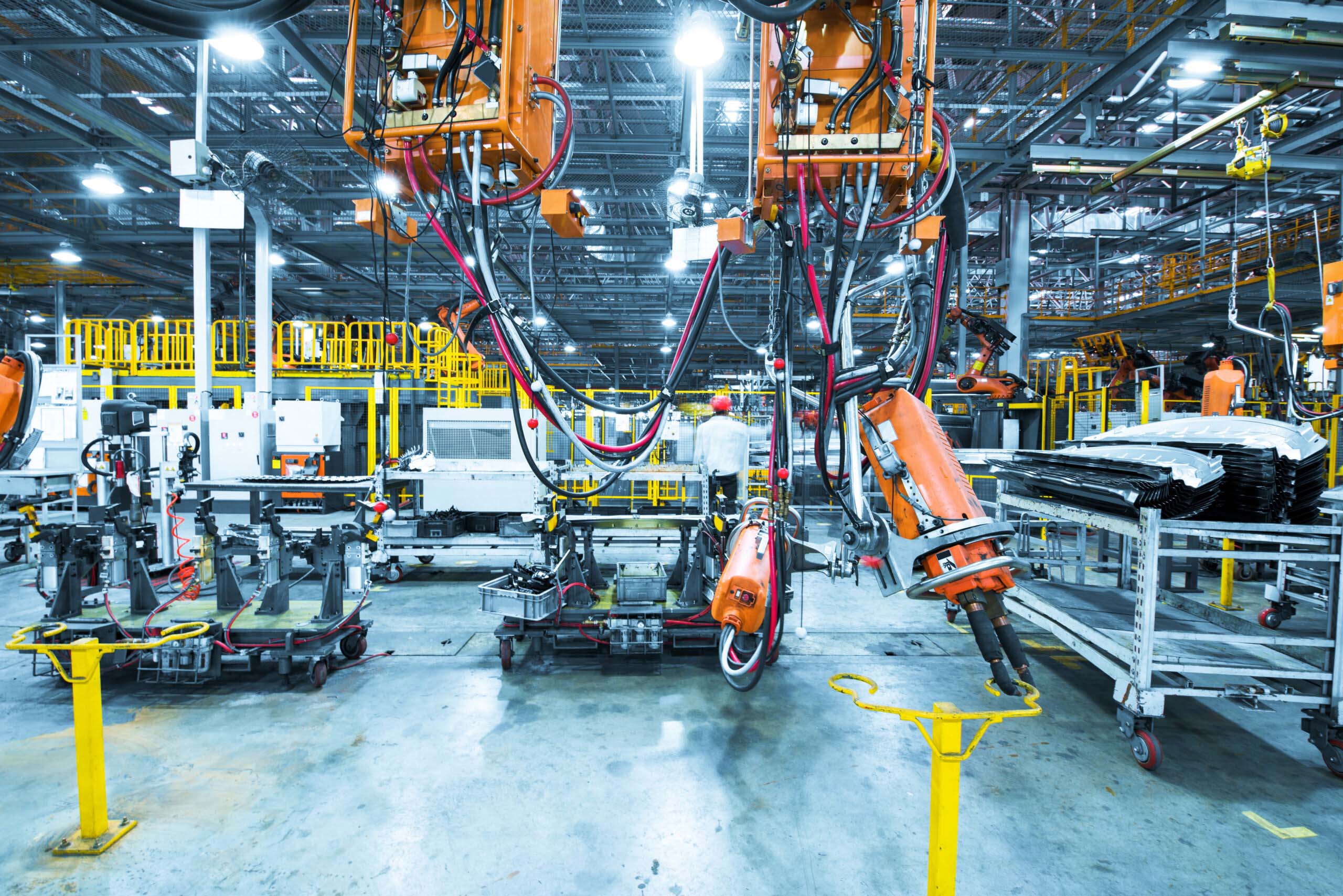The Manufacturing Industry requires constant movement in the innovation scene: it deals a lot with the need to integrate new ideas and technologies, seeking to improve and develop production processes and products. The industry is a highly competitive and complex environment, which has been growing increasingly over the years.
One of Canada’s largest business sectors, manufacturing is a key driver in the country’s economy. According to 2023 Canadian Manufacturers & Exporters Report, it directly generated $195.4 billion in 2022, accounting for 9.5% of gross domestic product (GDP), sold nearly $450 billion worth of products abroad and employed around 1.79 million Canadians at the time of the survey.
Canada’s quest for clean energy is currently a major driver of manufacturing, as the global demand for sustainable energy continues to grow, creating an environment conducive to the development of innovation in the country. In addition, the post-pandemic recovery and competitiveness in the race for clean energy technology solutions have resulted in the emergence of partnerships and benefits between federal, provincial, and private companies, as well as investment tax credits to support businesses.
SR&ED | R&D
The Scientific Research and Experimental Development (SR&ED) program is available to any company responsible for carrying out R&D in Canada, and aims to encourage companies to conduct research and development in the country, with 2 different tax incentives:
- Claiming a deduction against income.
- Investment Tax Credit (ITC) earnings
Like many other sectors, companies in the manufacturing industry can benefit from tax incentives, both federal and provincial, provided they perform an eligible activity. Eligibility depends on two requirements:
- The work must be conducted for the advancement of scientific knowledge or to achieve a technological advancement.
- The work must be a systematic investigation or search conducted in a field of science or technology by utilizing experiment or analysis.
R&D in the Manufacturing Industry
This industry works with a variety of materials and areas: it is a key part of the supply chain for other sectors and therefore encompasses a wide range of activities that can be classified under the heading of research and development (R&D). This opens up numerous opportunities for businesses to focus on incentives. Companies that invest in R&D and advanced technologies have a better growth prospect than those that do not, as they can significantly increase operational efficiency and flexibility, reduce production costs, and improve environmental performance. Such investments generally increase economic growth and prosperity, while also improving the overall competitiveness of the Canadian manufacturing sector.
- Energy efficiency and sustainability: projects focused on making manufacturing processes more energy-efficient or reducing environmental impact qualify for R&D tax credits. This can include developing new recycling methods or integrating renewable energy sources into production.
- Advanced manufacturing techniques: research into more efficient, sustainable, or safer manufacturing processes qualifies for R&D tax credits.
- Quality improvement: efforts to improve product quality, such as reducing defects or enhancing reliability, often require systematic research and testing. Since they involve solving technical challenges, these activities can qualify for tax credits.
- Product development: developing new or improved products that offer better performance, durability, or cost-effectiveness is a qualifying activity. This can include anything from a new consumer electronic device to industrial machinery.
- Material science: creating new materials or significantly improving existing ones, such as developing lighter, stronger metals or more sustainable plastics. These advancements can lead to better products and more efficient manufacturing processes.
- Supply chain innovation: research aimed at optimizing the supply chain, whether through better coordination management systems or more efficient inventory control methods.
Carrying out any of these activities may make your company eligible for tax credits – however, it is best to have a specialized analysis so that the benefit can be carefully and safely identified and claimed.
How can we help you?
We specialize in helping companies finance innovation and secure funding for their Research and Development (R&D) activities through the comprehensive management of R&D Tax Credits. With more than 1,400 qualified employees, counting on specialists from different fields, committed to supporting companies of all sizes and in all sectors of activities. With our expertise, FI Group specialists can support your company in identifying qualified activities.
Sources:
https://ised-isde.canada.ca/site/canadian-manufacturing-sector-gateway/en
